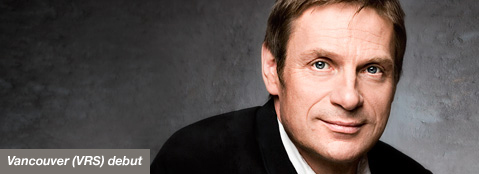Category: Blog
-
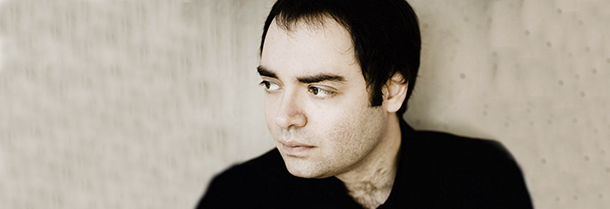
A GROWING APPRECIATION: PRELUDES AND FUGUES BY SHOSTAKOVICH
Perhaps it has been a deficiency in my musical education, but I have found it hard to warm to Shostakovich’s Preludes and Fugues. Written in 1950-51 and influenced by Bach and in a lineage of prelude collections by Chopin, Scriabin, Busoni, Debussy, and Rachmaninoff, these works have generally remained on the outskirts of the repertoire.…
-
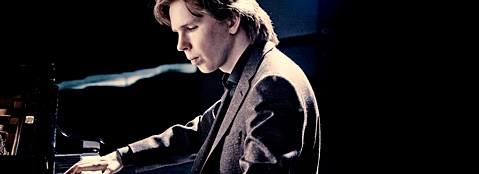
GETTING TO KNOW: JUHO POHJONEN
“I receive something valuable through music – and I hope that each listener will feel that they have too.” On his music education: “I started to play violin in a children’s music school at the age of two-and-a-half. My brother – now also a professional pianist and a composer – was already studying piano at…
-
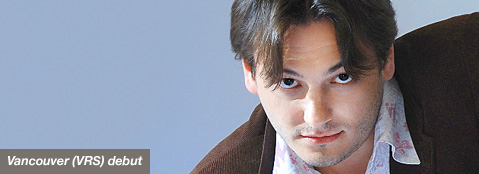
GETTING TO KNOW: MAXIM RYSANOV
“If they say the violin is a human voice, I would say the viola is the voice of the soul.” Discovery: “I studied at the boarding school, and there was a viola player in the next room. Its vibrations touched me deeply when I played it. That was how I realized that I can…
-
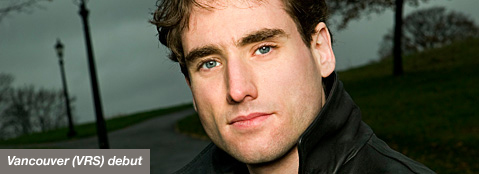
A PASSING THOUGHT
Our 32nd season opened this past Sunday with the Russian-born, Israeli-based pianist Boris Giltburg. He may be young (27 years), and he may not be a household name, but he left no doubt he is an artist to watch. The buzz in the lobby at intermission was great: one woman described to me his ‘magic fingers’…
-

RU35: RECITALS FOR YOUNG VANCOUVERITES
Ru35 is a new program for discerning young Vancouverites between 18 and 35 who want to broaden their cultural horizons, impress a date or influence their network in a new way. Young adults get the opportunity to experience live solo performances by world-class classical artists, meet new people, and never break the bank doing it.…
-
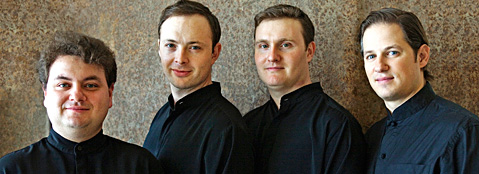
GETTING TO KNOW: JSQ
In the beginning… first violinist and founding member Alexander Pavlovsky explains: “We have started to play together at 1994, and our average age then, was 16. That is a very unusual age to start playing in a string quartet. We grew up together, spending about six months together since the very beginning. I believe all…
-

THE SEASON BEGINS
Once again we have a season of musical treasures that will be yours to discover over 21 performances, plus one very special presentation. To start this season we present the Vancouver debuts of two young musicians: pianist Boris Giltburg and violist Maxim Rysanov. Boris Giltburg first came to our attention through a long-time friend of…
-

TROUSERS, DUCT TAPE AND THE JERUSALEM STRING QUARTET
Paul Gravett, hasn’t worked at the VRS long enough to know that to ask me “to write a few words about something” is like asking me to fly a jumbo jet! Here is the response to his most recent request… “Would you mind writing a few words about your first encounter with the Jerusalem String…
-

LASTING IMPRESSIONS: JERUSALEM STRING QUARTET
Leila’s great story about the Jerusalem String Quartet’s first visit to Vancouver inspired to ask you for your stories. Since their memorable debut, they have returned to Vancouver several times, most notably for a week in 2006 when they performed the complete string quartets of Dmitri Shostakovich, and more recently with clarinetist Martin Fröst in…


